South Korea sees slowdown in transshipment cargo traffic in June
South Korea's cargo traffic began to level off after 15 months' of rolling.
The Korean Ministry of Land, Transport and Maritime Affairs (MLTM, Minister Kwon Do Youp) announced that total container cargo volumes through major Korean ports recorded 1,869,000 TEU in June, jumping 4.7% from 1,785,000 TEU during the same period in 2011.
The total volume is made up of 1,145,000 TEU of import/export cargo traffic, 690,000 TEU of transshipment cargo traffic, and 34,000 TEU of offshore cargo traffic. The import/export volume and transshipment volume have increased by 4.1% and 7.2%, respectively, but the offshore volume dropped sharply by 19.2% compared with last June.
Especially the transshipment cargo has continued to maintain double-digit growth since February 2011, but the record broke this June. The MLTM explained the volume decrease was due to traffic declining in China.
Port by port, Busan Port, the biggest port in South Korea, showed 5.3% growth compared with last year's figure for total container traffic, recording 1,429,000 TEU.
Cargo traffic at Gwangyang Port reached 172,000 TEU, increasing by 8.8% over the last year. The climb is affected by stable traffic growth with the major trade partners. The cargo volumes between the three nations have climbed from 20,000 TEU to 27,000 TEU in China, from 24,000 TEU to 32,000 TEU in America, and from 6,600 TEU to 10,500 TEU in Russia.
On the other hand, Incheon Port saw their cargo volumes decrease slightly again by 0.5% to 162,000 TEU due to drops in trade with China and Japan. But the port has gradually shifted to greater trading in South East Asia with countries such as Taiwan and the Philippines.
A representative from the MLTM said, "We couldn't avoid a prolonged global economic depression, especially in Europe. So we are continuing to observe the Chinese market and to revitalize harbors."
많이 본 기사
- 국제물류업계, 광양항 마지막 배후단지 활용법 모색한다‘일상이 된 물류시장 불확실성’, AI·친환경이 돌파구‘고환율·저운임’ 글로벌 물류기업 일제히 부진한 실적 신고‘수요 둔화 지속’ 컨운임지수 한주만에 1300선으로 후퇴DHL, 중동 두바이에 차세대 물류허브 개소해운협회, 부산항도선사회와 CCTV 활용 안전도선 업무협약한국해양대, 장금상선등 해운사와 해양인재 양성방안 모색2028년 유엔 해양총회 한국 유치 확정KMI, 우리나라와 북극권국가 협력 방안 모색벌크선시장, 급등 이후 조정 '속도 조절 들어가나'
- 인사/ 팬오션전재수 해수부 장관 사의…“해양수도권 차질없이 육성되길”쿠팡 박대준 대표이사 사임…“개인정보 유출 책임 통감”에스티엘글로벌, 한국해大 해사대학에 장학금 기부日 ONE 운항 9100TEU급 컨선 화재…공동해손 선언인사/ 해양수산부윌로그, 벤처창업진흥유공 대통령 표창 수상아시아나IDT, 산업안전세미나 개최…‘플랜투두’ 확산 전략 공유아로아랩스, 중기부 창업지원프로그램 선정…연구개발 자금 확보부음/ 해운조합 최종진 본부장 빙모상










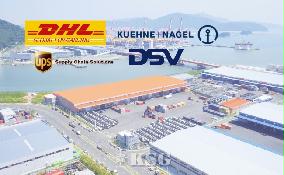

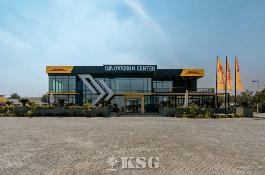
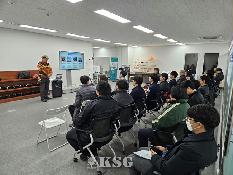




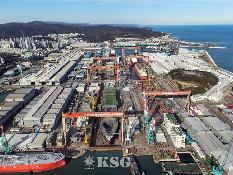
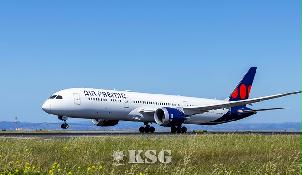
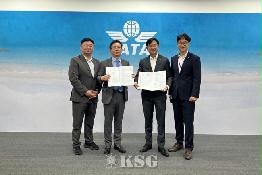

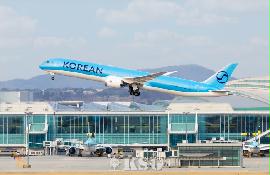


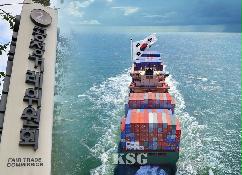



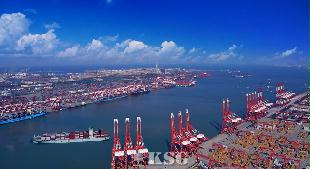
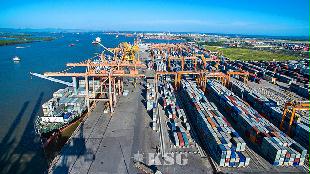
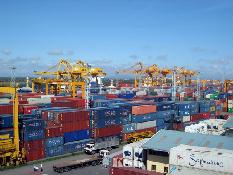






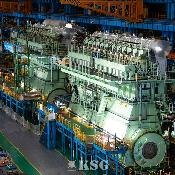
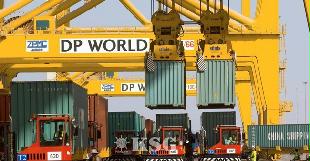

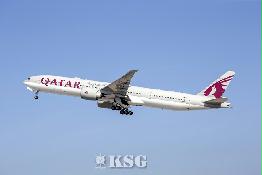





















0/250
확인